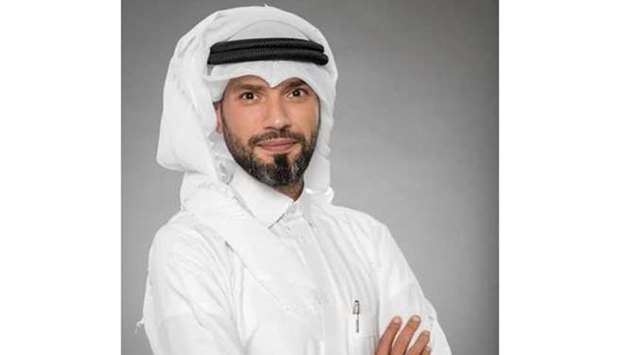
Mohamed Ahmed al-Hammadi
(The following piece is a part of the Weekly Reading Initiative at the Commercial Bank)
A famous French businessman named James Goldsmith was quoted for the outstanding expression: “If you pay peanuts, you get monkeys.”
There is a huge element of truth to that expression as it is a result of experience from the French/British businessman and politician. He came from a family of business who had to ?ee France during the Second World War and was born in France. He has been the founder and owner of many multimillion-dollar companies like Goodyear Tire and Rubber Company and ZTV, the most viewed TV channel in India.
The expression speaks volumes about the importance of skills, competency, experience, and most importantly organisational results as a skilful workforce is one the most important pillars of any organisation since employees solve problems, manage the capital, generate the value, and achieve organisational goals.
However, lately organisations and leaders tend to mistake cost mindset with cheapness, resulting in a negative working atmosphere, a corrupt workforce, and incompetency leading the show.
Employees’ well-being and development are as important as value generation for any given organisation. The CEO and Director of Hilton Hotels was challenging his managers to cut the cost of operations and he was surprised to see that the highest running cost was proposed by the HR director for Learning & Development. When he asked why, the HR director replied by saying “people choose us and stay with us for our learning environment”. When the CEO asked “what if we cut that cost and let them leave if they don’t wish to stay, the HR director replied “what if we trained them and they stayed — what can we achieve then?” referring to the impact of those trained employees to the business.
Cost-cutting is a healthy mindset for any sustainable business. However, cheapness is an attitude that has negative impact on any given business. There is a fundamental difference between them; one aims to allow the organisation to be lean and active, and the other pushes the organisation to be unwise and fearful! One allows people to think about what they spend their resources on and consider investing in new ideas or needs, the other makes people reluctant to spend money and, in return, restricts their thinking to what they know already. In other words, one is like looking at the horizon and the other is being shortsighted and seeing no further than their own nose!
Eventually, all executive leaders’ mindsets and attitudes cascade down to employees, and if the desire to nurture skills and develop mindsets exists at the top, you will find a positive and vibrant environment for employees to be creative and innovative without the fear to ask a question or suggest a new idea. That is how you can get an optimal return on the investment you make in your employees — by earning their loyalty.
On the other hand, when development is seen as a cost and a burden, and employees are expected to work like machines, you will often find organisations driven by fear, with a centralisation of the decision-making process, people holding on to their pay, a blaming culture and most probably big windows for corruption.
The non-developing (cheap) organisations might achieve very fast results in the short term, but their sustainability will surely be on the line in the long term. On the other hand, the organisations (Learning Organisations) which focus on their employees’ well-being, invest in developing their skills, and give great importance to organisation culture and values, will achieve big results, with a huge impact on the community — beyond their geographic location or even their own employees.
“Pay Peanuts, get monkeys” is a true story, seen in a lot of organisations which tried to underestimate the importance of human asset or tried to outsmart the need for skill and talent in their organisation either thanks to a lack of leadership vision or shallow working culture.
* The author is Unit Head, National Development|National Talent Development.


